

Japanese Onsen Bathing Rituals
If you want to immerse yourself in Japanese culture, look no further than its hot-spring baths. Brian Johnston details the history and significance of the onsen.
For a thousand years, the onsens (or hot springs) that bubble up all across Japan have been a source of inspiration and relaxation for the Japanese. Part ritual bath, part simple retreat from life’s stresses, onsen enthusiasts say their worries float away in the warm water. Any visitor who joins these onsen advocates in a hot tub will soon realise why this pastime holds such a treasured place in Japanese culture.
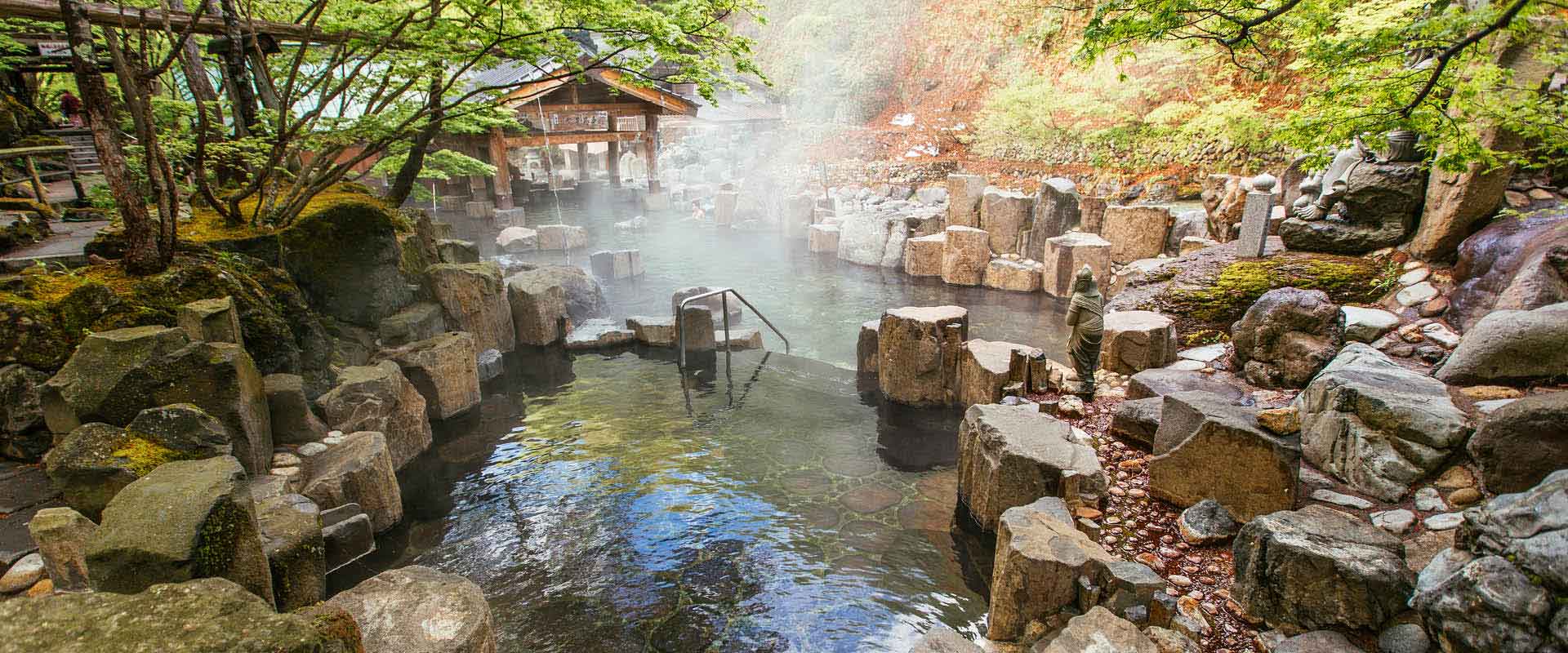
The origins of onsen bathing are lost in history, but we know onsen resorts have existed since the eighth century. By the medieval period, hot-spring bathing was well established and onsens lauded in Japanese literature and art. Since the start, onsens were believed to have medical benefits thanks to dissolved minerals such as iron, magnesium and sulphur.
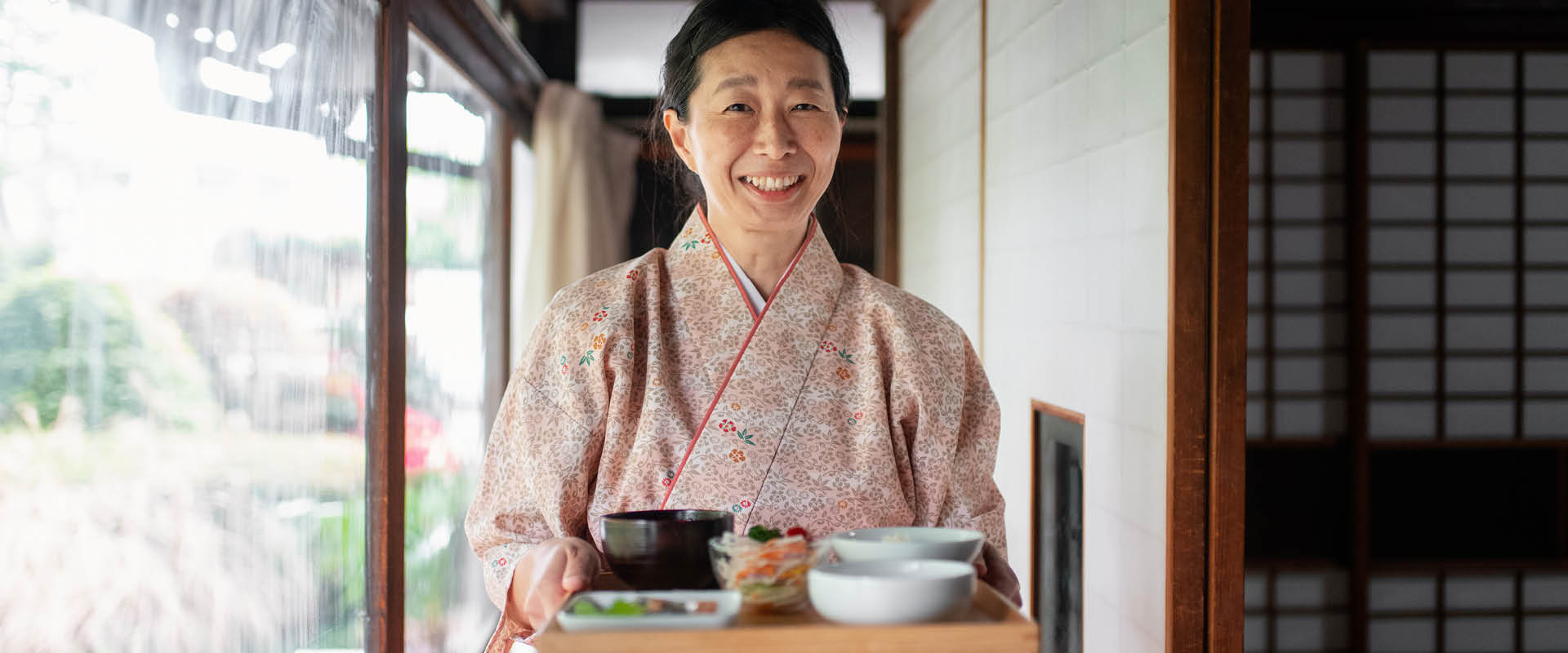
No two onsens – and there are more than 2,300 across Japan – are the same. They may be indoor or outdoor, public or private. Some are simple hillside pools, others housed inside old-style inns or ryokan. In a few instances, onsens have been developed into massive resort towns complete with hotels, dozens of hot and cold baths and various bars and amusements.
Still, the enduring image of the onsen is a quiet, rustic spring in the deep countryside where bathers soak up fine views along with their mineral salts. The ritual nature of the bathing is rooted in Confucian and Shinto philosophy and is seen as a retreat from the busyness of everyday life, leading to an almost Zen-like meditative state. Equally important, though, is the idea that onsen bathing temporarily breaks down the bonds of Japan’s hierarchical society. The Japanese call this “naked communion”, since everyone appears equal and can socialise in a relaxed environment. Its modern incarnation is the work trip, in which colleagues and bosses alike head to onsen resorts for a weekend of watery bonding.
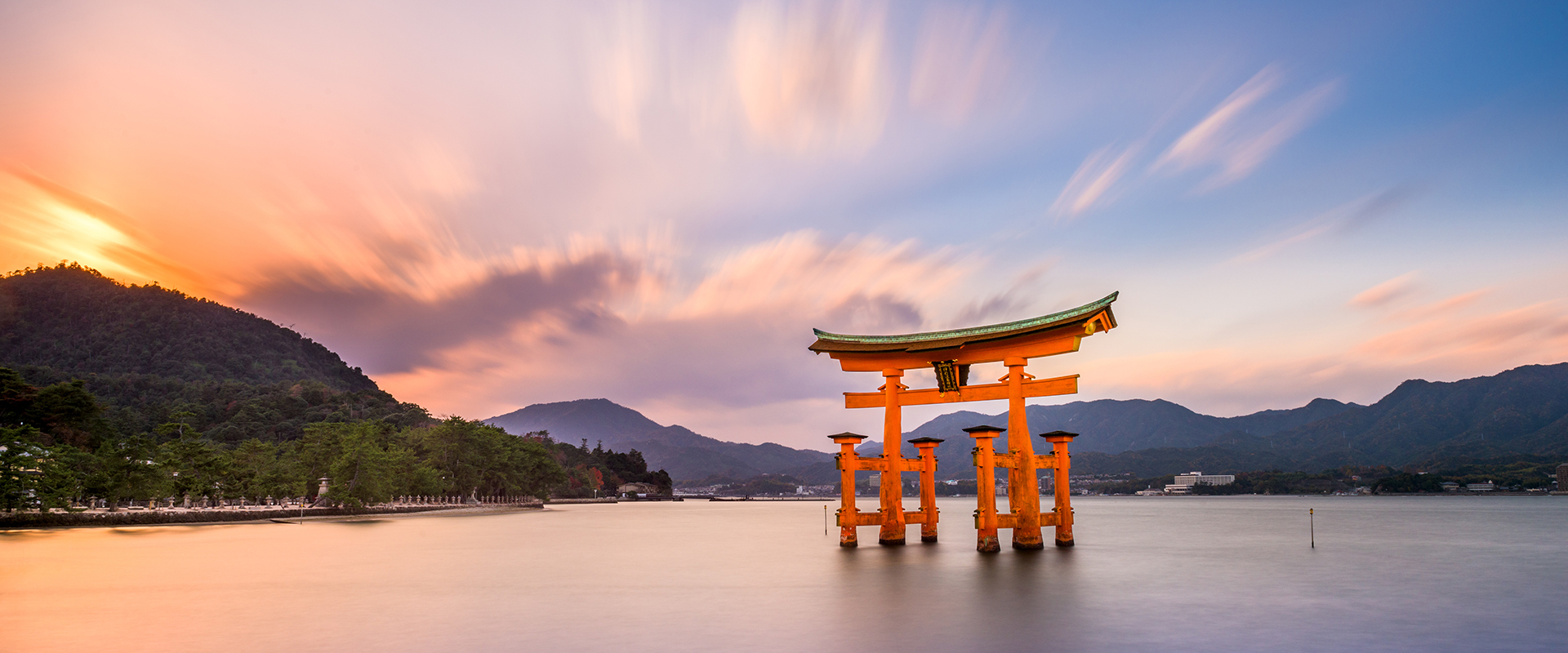
Many visitors are anxious about onsen etiquette, but contemporary onsen rules are rather relaxed. The main challenge is to leave all your clothes and inhibitions behind in the changing rooms. Onsen bathers carry only a tiny hand-towel to protect their modesty. Nudity is a given, with all but the smallest rural onsen divided into male and female sections. Onsen patrons have a serious and lingering wash before clambering into the pools. Taps are usually located at waist height, and patrons sit on small stools, using bowls to scoop water over themselves.
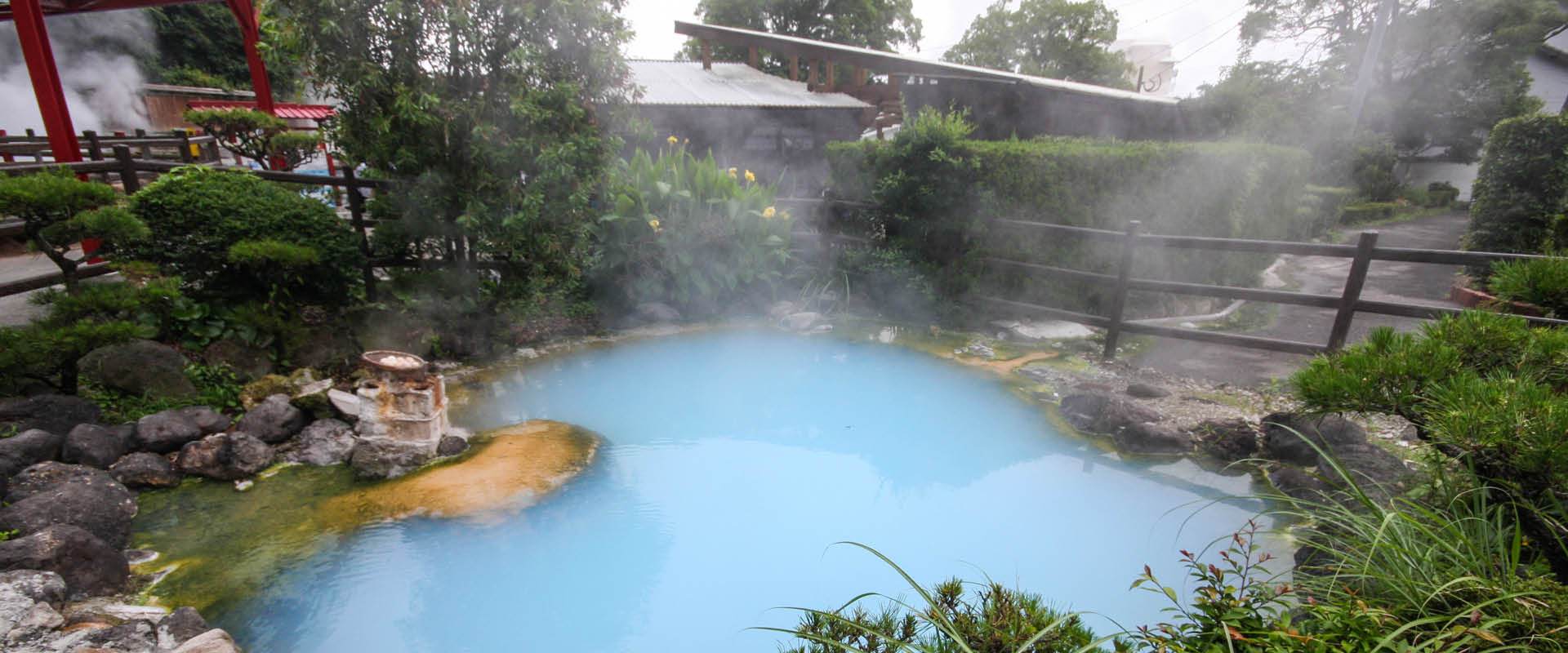
The Japanese say this is as much about refreshing your spirit as your body as you soap away the day’s stresses. In any case, ensure you’re well scrubbed before taking the onsen plunge, and never use soap or shampoo in the baths. Then float in the warm water. Muscles relax, breathing slows and the mind unwinds. Lulled by the bubbling water, steamy air and tranquillity, you’ll soon realise why many Japanese regard onsen bathing as an almost spiritual experience.
Need to Know
Join our 13 Day Magical Japan tour starting and finishing in Tokyo to experience a visit to Mount Fuji, learn the significance of a tea ceremony to the people of Japan and enjoy dining like a local with a Welcome Dinner at an izakaya-style restaurant. Explore Matsumoto Castle and visit a local sake brewery for a tasting. You can also wander through the towering bamboo at Arashiyama Bamboo Grove. At your hotel in Hakone, you may wish to soak in a traditional Onsen.
Images courtesy of Alex Spatari, JGalione, Morten Falch Sortland
Start Planning
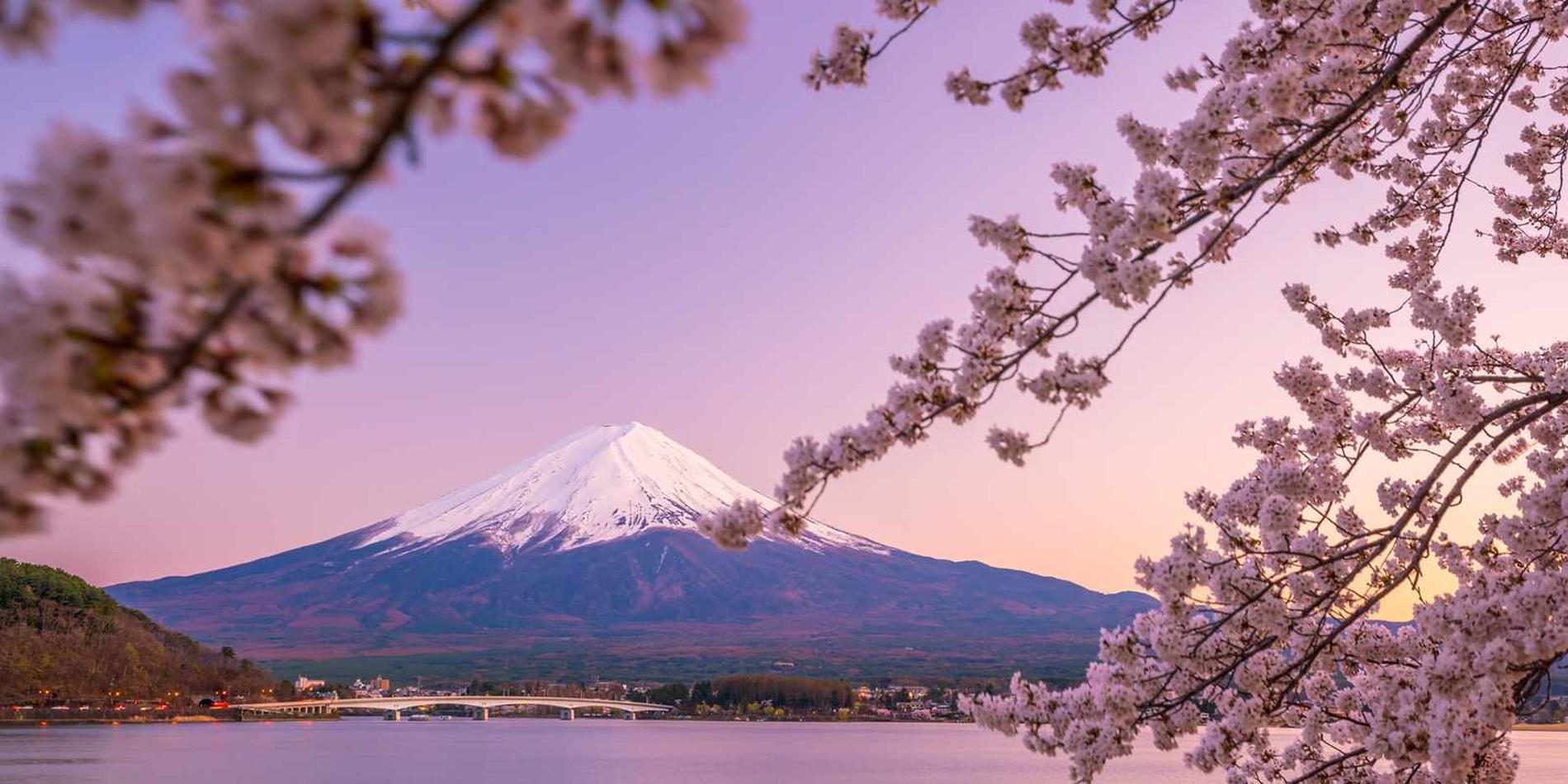
Timeless Japan
Tokyo to Osaka

Grand Tour of Japan
Sapporo to Fukuoka
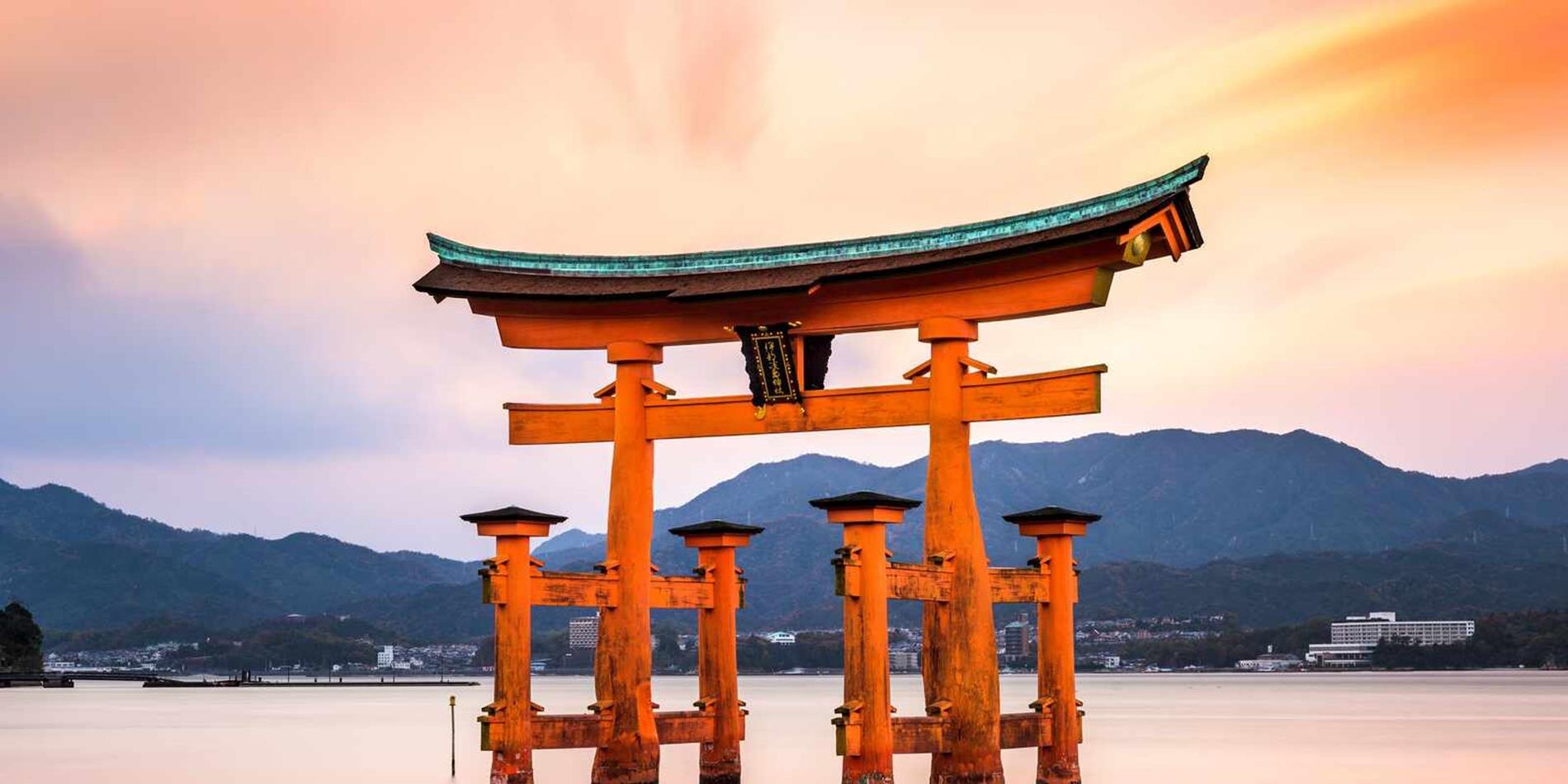
Discovering Japan
Tokyo to Osaka

Scenic South Korea and Japan
Seoul to Osaka

Timeless Japan
Tokyo to Osaka

Grand Tour of Japan
Sapporo to Fukuoka

Discovering Japan
Tokyo to Osaka

Scenic South Korea and Japan
Seoul to Osaka

